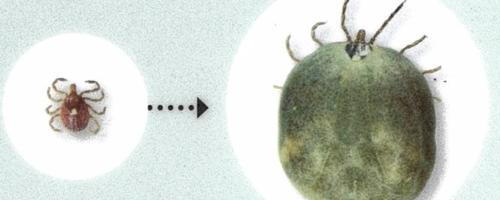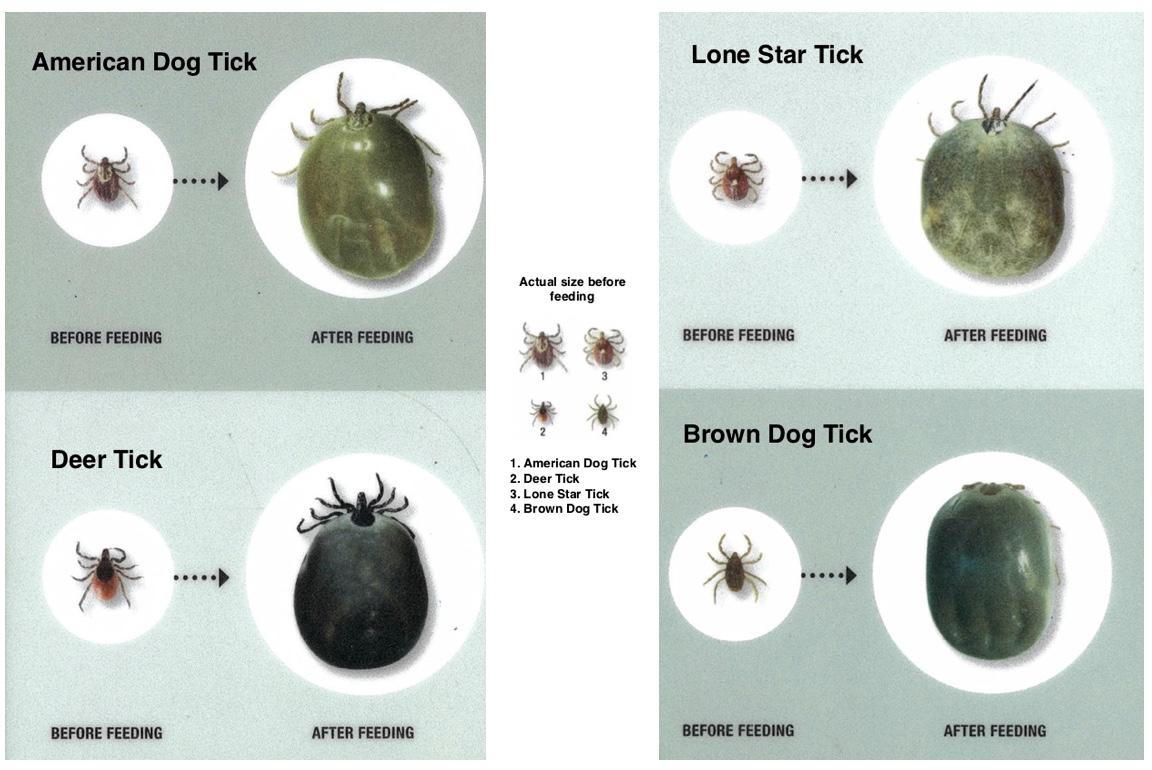Tick Talk

It’s March and that means spring and warmer weather is around the corner (although it does not feel that way right now!). March is national tick awareness month in Canada, so let's talk!
What are ticks?
Ticks are small bloodsucking parasites which become active when the temperatures rise above 4°C. If your cat or dog is out in long grass or low bushes, they likely will come in contact with ticks, even in town. During tick season you should check your cat or dog when they come inside. The most common location ticks will be found are on the chest, neck or head. However, ticks are also known to settle in between animal’s toes and inside/outside of ears.
What will a tick look like on your pet?
There are many different species of ticks which vary in color, shape and size. The process of feeding on host blood takes days. When a tick first attaches it is very small and easy to miss but as it feeds it will grow in size.

Why do you need to be aware of Ticks and Tick prevention?
Ticks carry and can transmit diseases to your pets and yourself. Most notable is Lyme disease. Lyme disease is a condition that affects the immune system and causes (but not limited to) weakness, fatigue, neurological disorders and severe joint pain. Dogs and cats can be infected too, but their symptoms are usually not as severe.
What to do if you find a tick on your pet?
Don’t panic! Do NOT squish it or apply chemicals to the tick.
Come into The Pet Hospital! One of our AHT’s will happily remove the tick and collect some information from you such as location the tick may have been picked up from, have you been travelling ect as we send all attached ticks to the Government of Canada for tracking purposes (free of charge).
You may also use a tick removal tool (ask for one at your next wellness exam) and bring the alive tick into us for government submission.
If you are unsure of how to remove the tick visit the following website for an in-depth explanation on removal. https://www.cdc.gov/ticks/removing_a_tick.html
How can you protect your pets?
The best time to start protecting pets against ticks is before exposure. March is the ideal time to start protecting your pet and yourself as the temperature rises above 4°C.
Topical and oral products are available for your pet but be aware that there are very few safe products for cats.
Contact us and we can answer any question and help set up a tick control program best suited for your pet’s lifestyle. Call us at 780-983 3297 or email [email protected]

